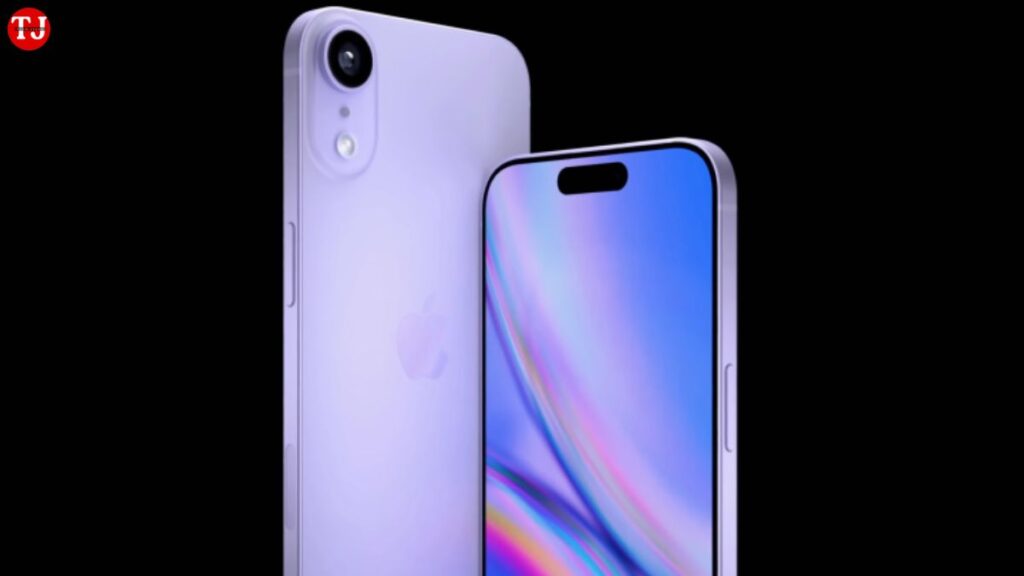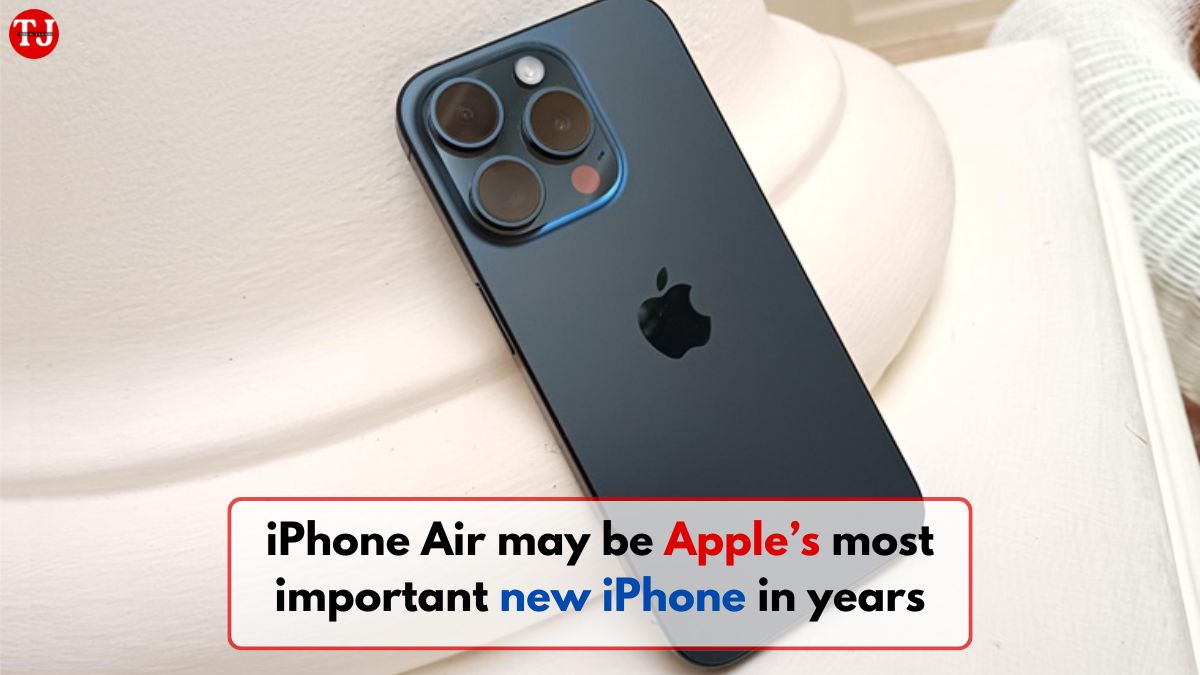Apple appears to be introducing the “Air” concept to its iPhone lineup, aiming to offer a more affordable option that won’t break the bank. According to Bloomberg, the iPhone 17 model planned for 2025 will be significantly thinner and positioned between the standard iPhone 17 and the higher-end Pro models.
In May, The Information reported that Apple was working on a significantly thinner iPhone model set to launch next year, which could be the priciest in the 2025 lineup. However, a recent report from Bloomberg suggests that this slimmer iPhone might instead be positioned in the mid-range segment, replacing the current “Plus” model. The report describes it as an “Air” version of the iPhone, aimed at offering a lighter and more streamlined option for users.
Apple plans to market the upcoming iPhone 17 as a device that combines a sleek, stylish design with the robust specifications expected from a standard iPhone. This approach mirrors the strategy behind the iPhone 15 Plus and the earlier mini models, which were known for offering a blend of aesthetic appeal and solid performance.
Jon Prosser of Front Page Tech has speculated about the potential launch of an iPhone Air in the near future. According to him, Apple may not have achieved the expected sales success with the iPhone Plus models, a situation reminiscent of the short-lived “mini” series that only lasted a couple of generations.

The idea of an “iPhone Air” is intriguing, evoking the success of the iPad Air series, which strikes the perfect balance between affordability and performance. Just as the iPad Air is positioned between the standard iPad and the high-end iPad Pro, an iPhone Air could offer premium features at a more accessible price point, appealing to users who want top-tier performance without the flagship price tag.
The iPhone Plus stands out primarily for its larger display and extended battery life. However, with only a small price difference, many buyers prefer the “Pro” models, which offer a faster processor, superior cameras, and exclusive software features, making them a more compelling choice for just a slightly higher cost.
The iPhone 15 Pro might be a glimpse into the future of Apple’s smartphone design. According to Bloomberg, Apple is likely to extend the sleek, lightweight design of the iPhone Air across its entire lineup. Alongside a slimmer profile, the company is also said to be testing a new battery design, hinting at significant innovations in upcoming models.
One of the key innovations driving the future of next-generation batteries is a technology known as electrically induced adhesive debonding. Research suggests that this breakthrough could significantly advance the development of batteries that are easily removable and replaceable, offering a more convenient and sustainable solution for electronic devices.
